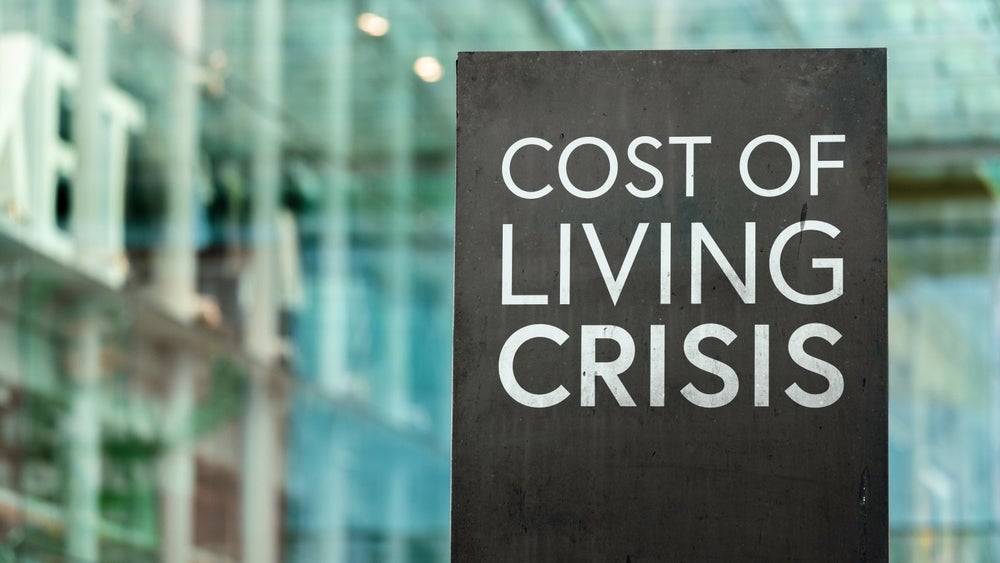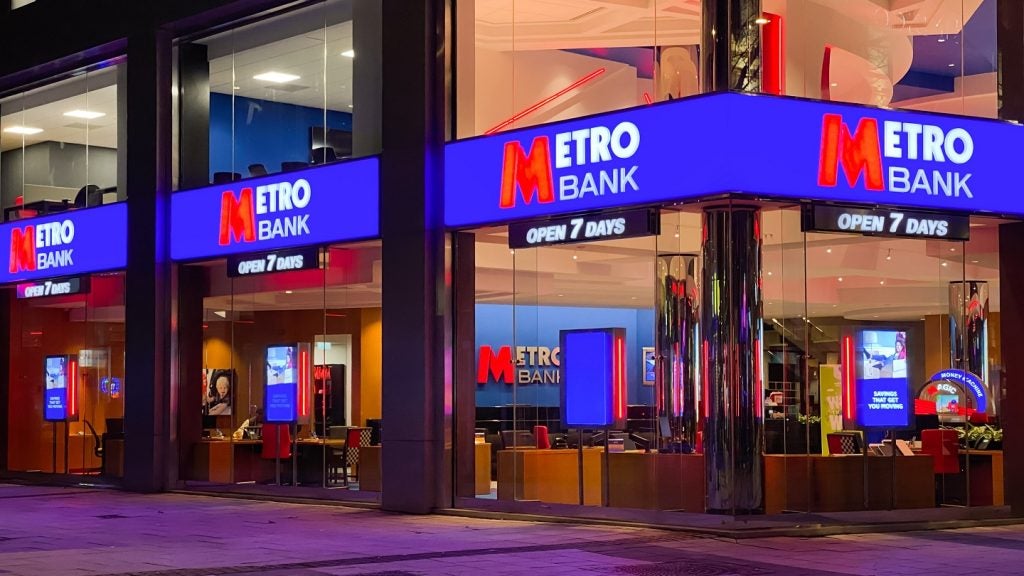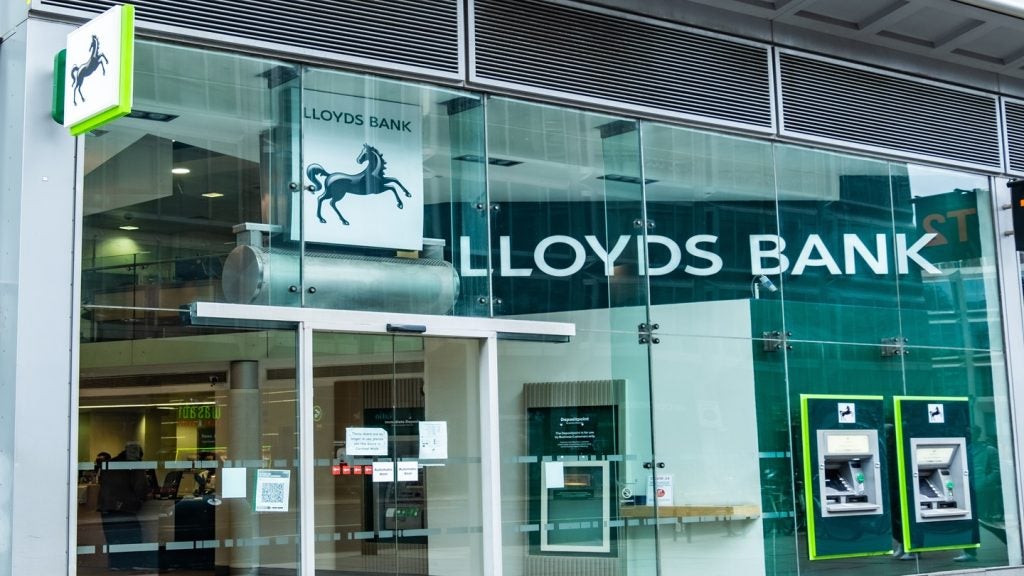second-largest banking group by deposits, is to make divestments of
up to €8 billion ($10.5 billion) – almost three times the amount
originally planned at the start of the year – and reduce the number
of markets in which it operates as part of a comprehensive
restructuring plan under new CEO Jan Hommen.
 ING will reduce its number of business lines from six
ING will reduce its number of business lines from six
to two – leaving only banking and insurance – operating both lines
“under one group umbrella” in a bid to reduce complexity.
In order to do so, the banking businesses will
shift to an integrated balance sheet, with ING amalgamating its
Retail & Commercial Bank and the struggling ING Direct business
into a single reporting unit, ING Bank. While both units will
continue to be branded as stand-alone businesses, a single
management team will oversee both ING Direct and the bank’s wider
retail operations for the first time.
Divestments originally planned to total
€2billion-€3 billion will now reach €6 billion-€8 billion, the
group said at an investor day on 9 April, with between 10 and 15
businesses to be sold off in the coming years. It has already sold
its ING Canada insurance arm for €1.4 billion, with the forthcoming
divestments centring on smaller businesses with no clear outlook
for market leadership, beginning with its business in Ukraine.
ING will unwind its greenfield Ukrainian
retail banking operations, becoming the first foreign bank to
effectively cut its losses in the country. Other European banks
with significant interests in Ukraine, such as BNP Paribas,
Commerzbank and Hungary’s OTP, continue to persevere with their
investments (see News Digest).
Transforming its German
operation
How well do you really know your competitors?
Access the most comprehensive Company Profiles on the market, powered by GlobalData. Save hours of research. Gain competitive edge.

Thank you!
Your download email will arrive shortly
Not ready to buy yet? Download a free sample
We are confident about the unique quality of our Company Profiles. However, we want you to make the most beneficial decision for your business, so we offer a free sample that you can download by submitting the below form
By GlobalDataOn a more positive note, ING said it
would continue its push to transform its German direct banking
operation, ING DiBa, now one of the country’s largest savings banks
with 6.3 million customers, into a full scale retail bank.
That is a mirror image of ING’s strategy in
one of its two domestic markets, Belgium, where the group is
shifting to a “direct where possible” model by scaling back its
branch network while improving its online offering.
At ING Direct, under significant market
pressure in some key markets (in particular the UK – see RBI
607), the focus will be achieving greater scale in Western
Europe through a stronger product proposition, especially on the
lending and investment side.
ING Bank will also continue to develop its
retail operations in Poland, Romania and Turkey.
“We have grown dramatically over the last few
years, but we have grown in too many directions, in too many
different markets, and it is now time to focus,” said Hommen.
“We are taking ING back to basics on all
levels.”
|
Assets |
||
|
ING Group – outstanding mortgages, |
||
|
Country |
Amount (€bn) |
NPLs (%) |
|
The Netherlands |
132.5 |
1 |
|
Germany |
42.1 |
0.8 |
|
US |
25.1 |
2.7 |
|
Belgium/Luxembourg |
21 |
2 |
|
Australia |
17.5 |
0.6 |
|
Canada |
13.3 |
0.3 |
|
Spain |
7.1 |
0.2 |
|
Italy |
5 |
0.2 |
|
UK |
1.3 |
0 |
|
Poland |
1.1 |
0.2 |
|
Turkey |
0.7 |
0.9 |
|
Romania |
0.4 |
0.1 |
|
Total/average |
267.4 |
1.1 |
|
Source: ING |
||







